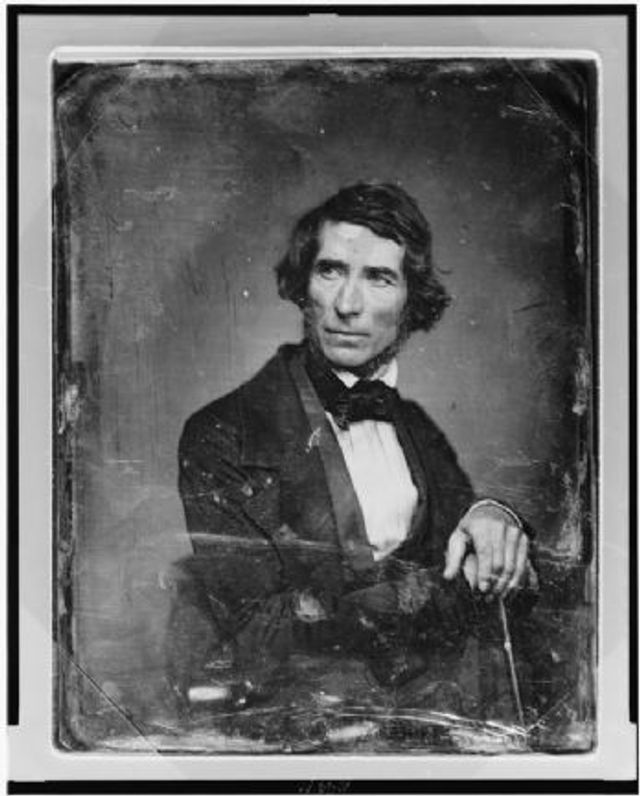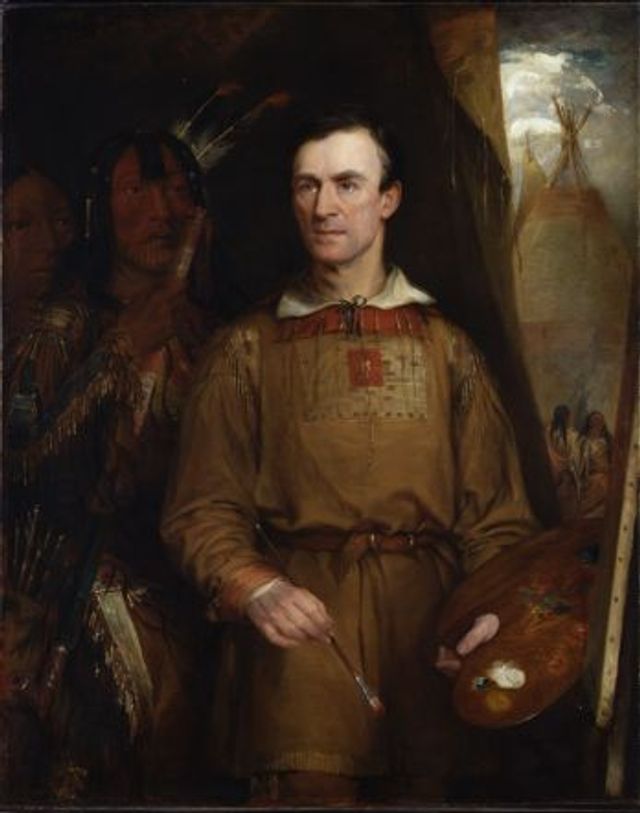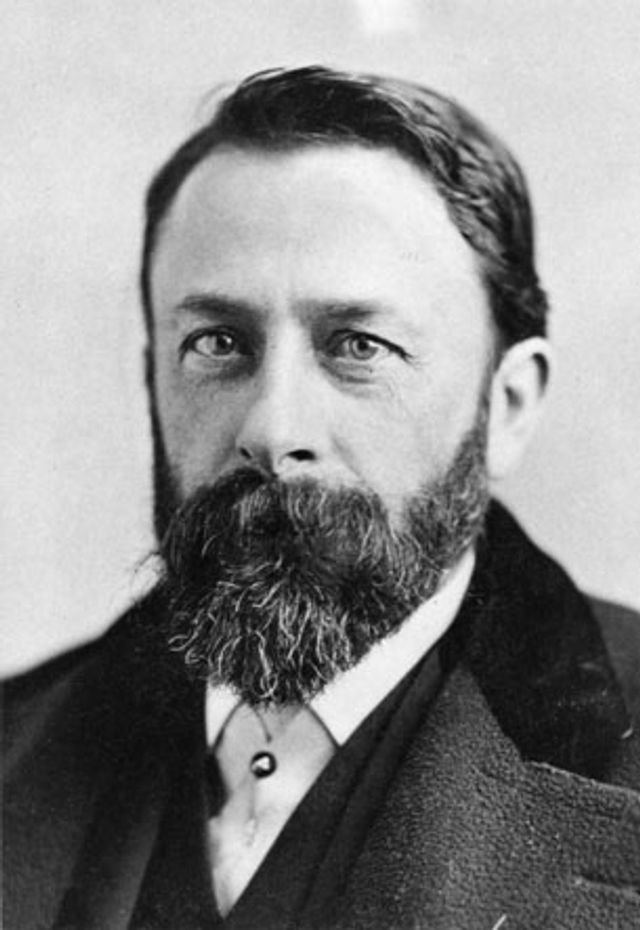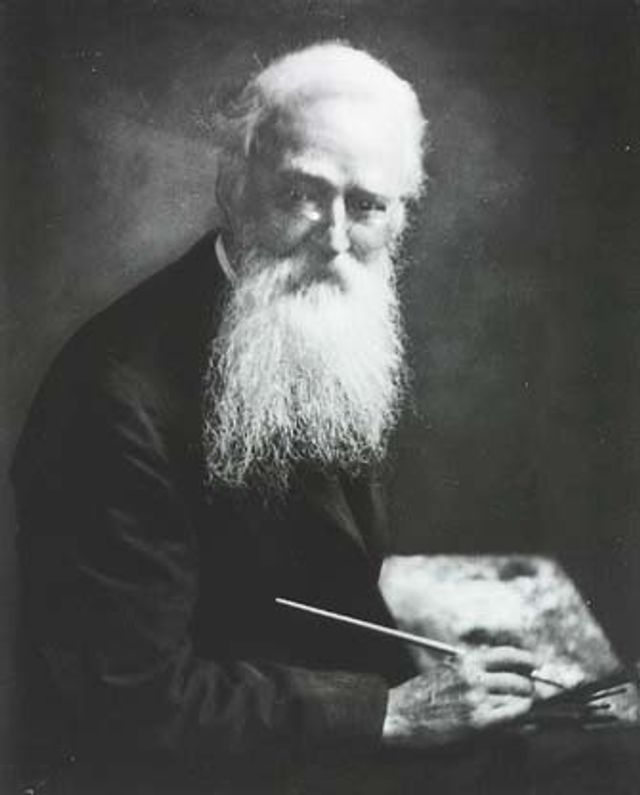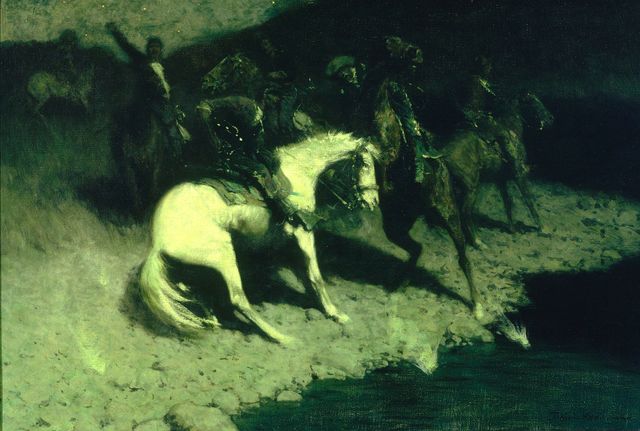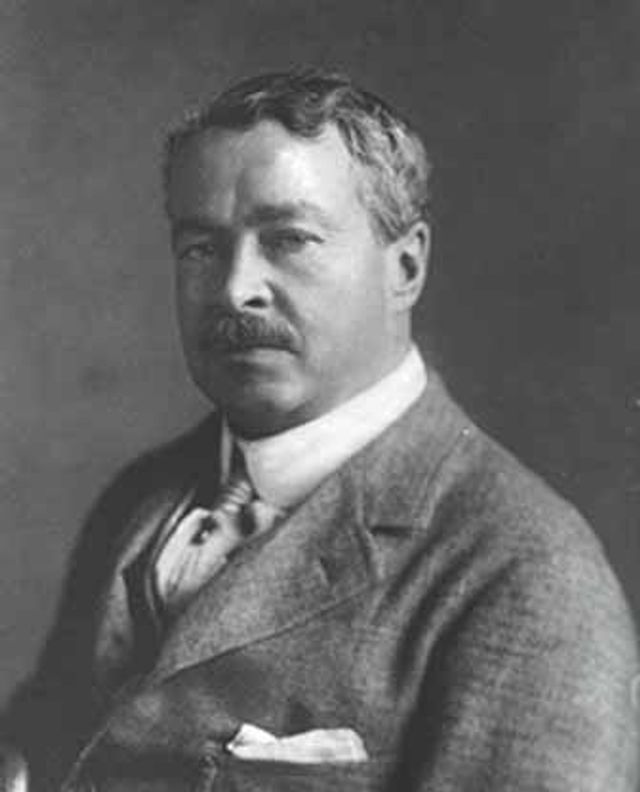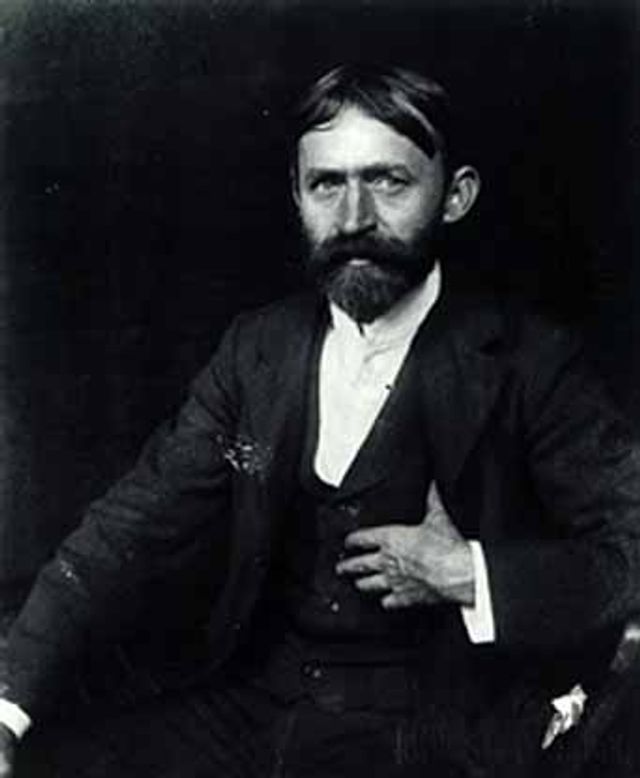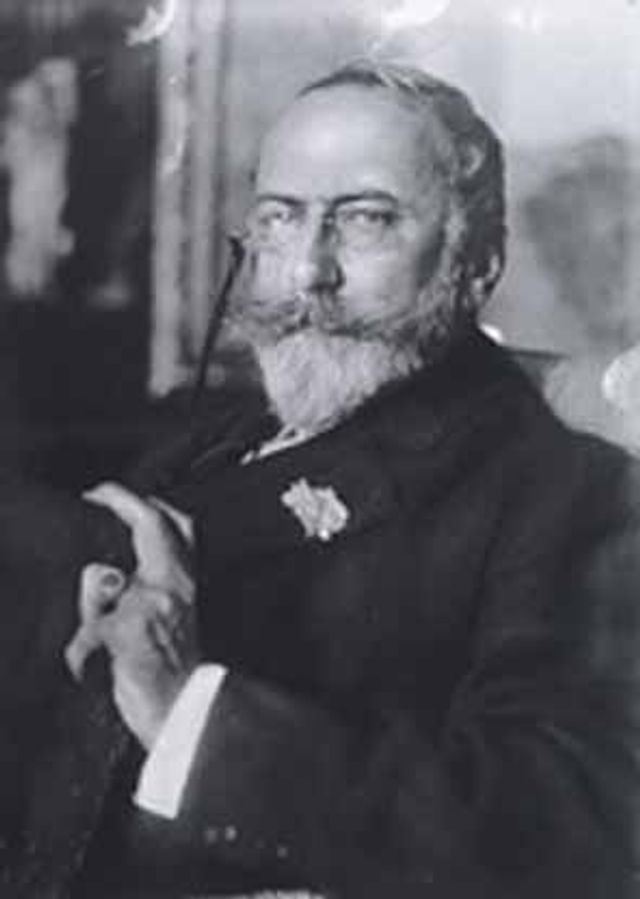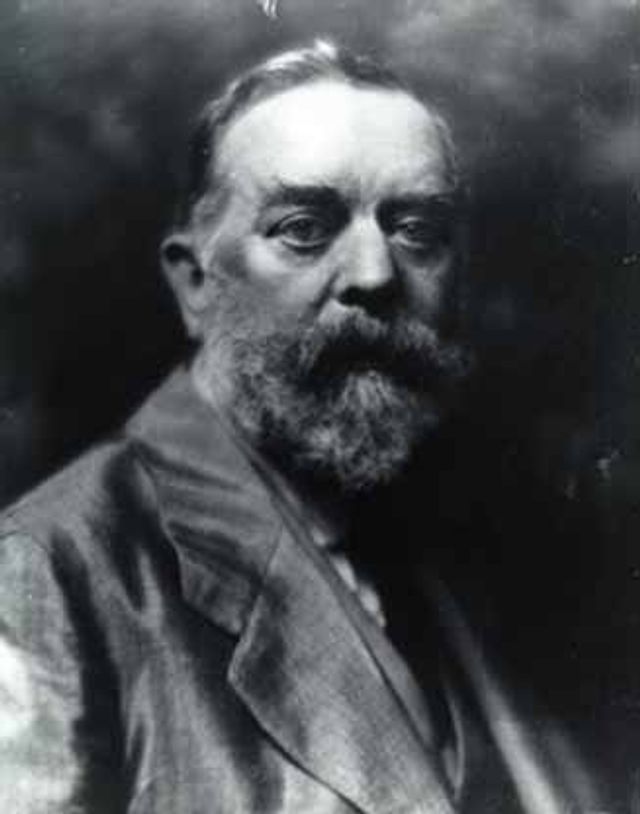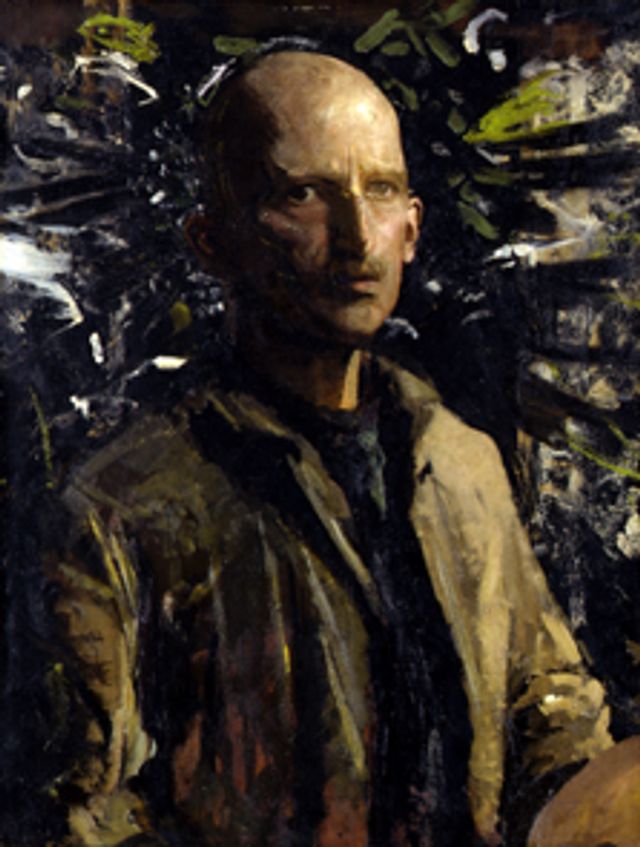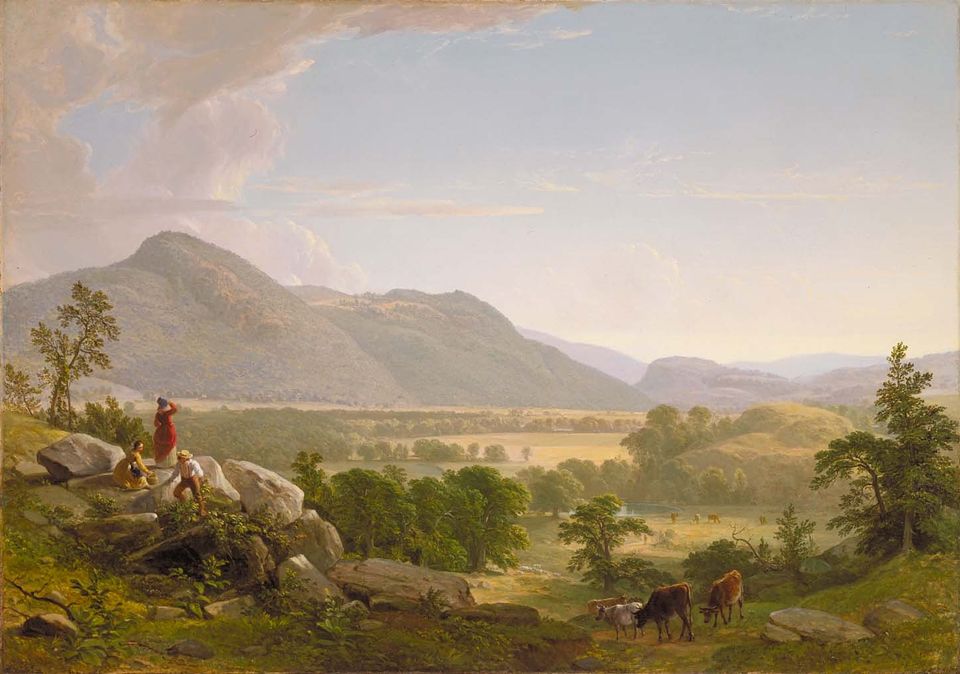
The Hudson River School and the Lure of the West
The museum’s collection charts the nation’s growth from a young republic to an emerging world power. Landscapes extolling the nation’s geographic wonders from Niagara Falls to the Grand Canyon drove and documented westward expansion. Asher Durand’s painting Dover Plains, Dutchess County, New York presents an idyllic landscape where man and nature coexist.
George Catlin’s original Indian Gallery, a collection of more than 400 paintings that capture the “manners and customs” of Plains Indian tribes in the 1830s, is one of the museum’s treasures. Westward expansion allowed artists such as Albert Bierstadt, Thomas Moran, and Frederic Remington to explore new territory and chronicle the settlement of the frontier, while members of the Taos School brought images of the West well into the twentieth century.
Impressionism and the Gilded Age
The museum has one of the finest and largest collections from the last quarter of the nineteenth century, including impressionist and Gilded Age works.
In the 1870s, artists Childe Hassam, John Twachtman, Mary Cassatt, and William Merritt Chase often worked outdoors to record gorgeous aspects of light and color, hallmarks of the impressionist style. In The South Ledges, Appledore Hassam uses impressionist technique to render an island off the coast of New Hampshire.
In the decades before World War I—a period dubbed the “Gilded Age” by author Mark Twain—artists such as Winslow Homer, John Singer Sargent, James McNeill Whistler, and Abbott Thayer captured the brilliance and wealth of turn-of-the-century society, bringing a new level of sophistication to American art.
Selected Works
Related Artists
Asher Durand was born Aug. 21, 1796, in Maplewood (formerly Jefferson Village), N.J. From 1812 to 1820, he was an apprentice, then partner, to an engraver copying English book illustrations.
"If my life be spared, nothing shall stop me from visiting every nation of Indians on the Continent of North America." With these words George Catlin staked his artistic claim.
Born in Germany. Immigrated to the United States as a child. Paintings show an idealistic view of the American wilderness.
Landscape painter. Influenced by J.M.W. Turner, Moran is best remembered for his idealized views of the American West.
Painter, sculptor. Born in Canton, New York, Remington found his spiritual home in the American West. In 1881 the young artist set out for the Montana Territory, determined to gain a firsthand knowledge of western life.
Painter and illustrator. Hassam was a leading American Impressionist whose work was much influenced by Claude Monet.
Painter, founding member of The Ten. He studied with Frank Duveneck, and his early canvases reflected the influence of the Munich Academy.
Born to a prominent Pennsylvania family, Mary Cassatt spent her artistic career in Europe.
Painter and graphic artist. Homer's illustrations of the Civil War for Harper's Weekly are singular and outstanding examples of wartime reporting.
Painter. Sargent traveled in a circle of socially prominent people and is known for his loosely painted portraits done in a style reminiscent of Edgar Degas and James Abbott McNeill Whistler.
James Abbott McNeill Whistler was born in the industrial town of Lowell, Massachusetts. Inducted into the U.S. Military Academy at West Point, he accumulated so many demerits that he became a sore trial to the then-commandant Major Robert E. Lee.
Painter, best known for his idealistic and allegorical paintings of women as angels and madonnas.














